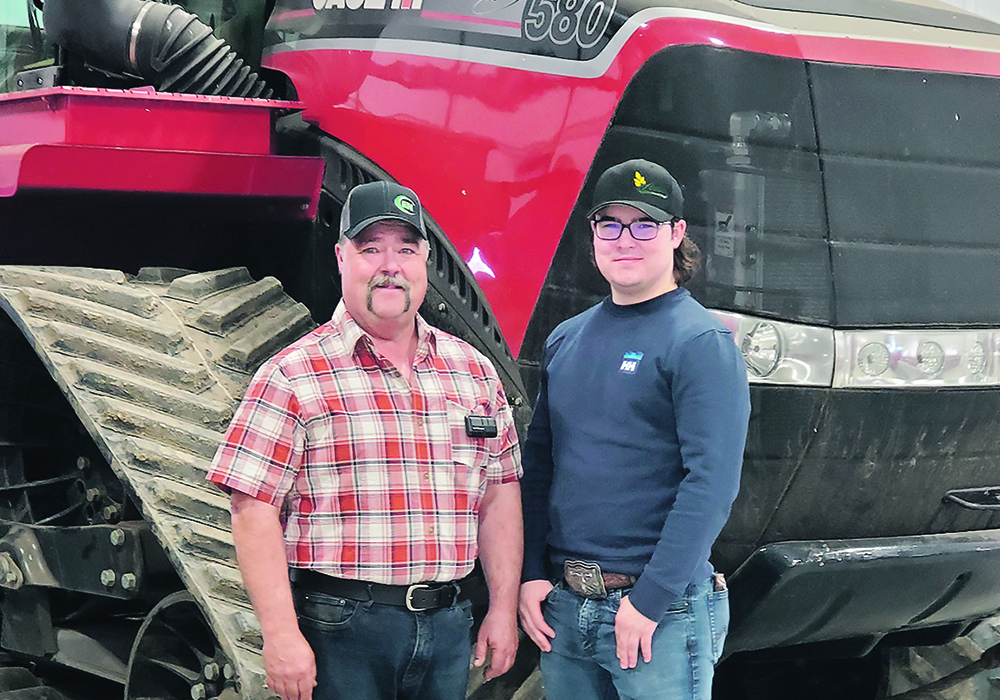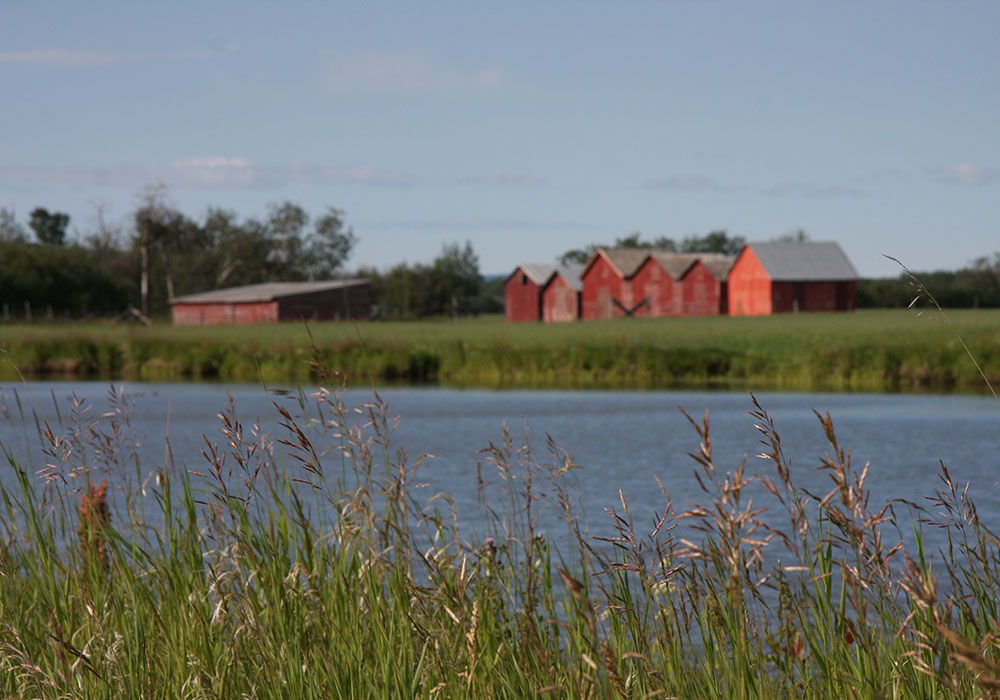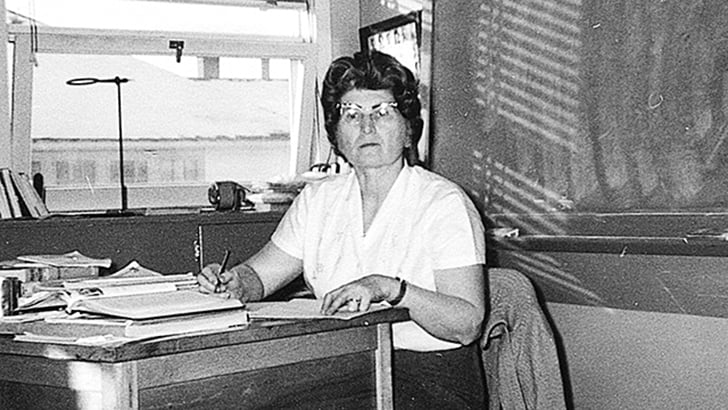Alberta rural health-care review | Recent study found more physicians and better access needed
Alberta has launched a review of rural health care, a move many critics claim is unnecessary.
A four-person panel has 90 days to examine the problems associated with recruiting health-care workers, providing timely care, long distances for care and co-ordination of service between communities.
“Rural communities face many daunting challenges particularly when it comes to health care,” said Premier Jim Prentice Sept. 23.
Led by MLA Richard Starke, the review will focus on rural communities of three different sizes: communities with a population of less than 1,250, 1,250-2,500 and more than 2,500 people.
Read Also

Sustainable food has ‘lost all meaning’: prof
That marketing strategy is deader than a doornail, says a University of Guelph professor who specializes in consumer preferences and perceptions of agriculture and food.
Faye Mayberry, Alberta Women’s Institutes president, is already well aware of the challenges.
When her elderly mother needed an ambulance last year, it took half an hour to arrive at the farm near Innisfail, Alta.
Improving rural health care has been a long-term concern for AWI, which knows members face similar challenges across the province.
“We are really concerned about the lack of doctors in the rural areas and trying to get doctors out to smaller towns,” she said.
In her community, there is limited care for seniors and no obstetric care, with most emergency cases going to Red Deer a half hour away. The emergency room wait could be up to eight hours plus travel time.
“If you are really bad maybe you will get a bed, otherwise you sit in the hallway,” she said.
Opposition critics argue the latest review is unnecessary since Alberta Health Services originally launched a rural health-care framework study in 2010 and updated it two years later. There is also a rural physician action plan.
“The problems facing our health-care system in the different parts of rural Alberta are obvious: more rural physicians, more investment in primary care, scrapping the divorce by nursing home policy, fixing ambulance wait times and more decentralized decision making,” said Wildrose health-care critic Heather Forsyth in a release.
Liberal leader Dr. Raj Sherman, a part-time emergency care physician, sees the problems on a weekly basis.
“In rural Alberta, we need family doctors,” he said.
“If the doctors aren’t there, the rest of the team isn’t out there.”
Many rural areas have hospitals but they need maintenance and more staff.
He said many specialists are doing work family doctors could do.
“We are over training specialists and they are not finding jobs in major urban areas,” Sherman said.
He suggested that specialists should be encouraged to move to regional centres like Lethbridge or Fort McMurray.
Improved access to ground and air ambulance is also required, with those services controlled locally by dispatchers and drivers who know the area. The response time target in cities like Calgary is less than eight minutes, but often much longer in rural areas.
“Early intervention in the most urgent cases is the key to improving outcomes and actually saving the system money,” Sherman said.
He said rural communities also need urgent care centres rather than a full service hospital. These facilities can deal with life threatening strokes, heart attacks or maternity cases rather than diverting people to large centres.

















